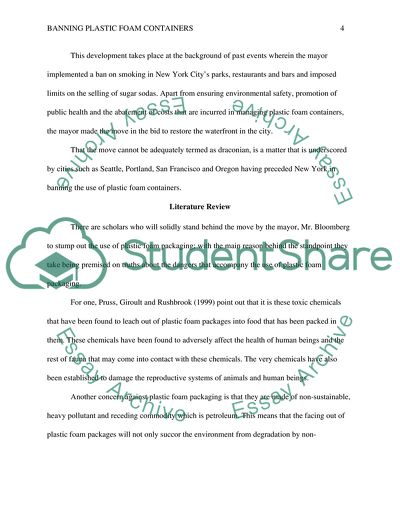Cite this document
(Banning Plastic Foam Containers Term Paper Example | Topics and Well Written Essays - 2750 words, n.d.)
Banning Plastic Foam Containers Term Paper Example | Topics and Well Written Essays - 2750 words. Retrieved from https://studentshare.org/engineering-and-construction/1799793-plastic-foam-containers-banned
Banning Plastic Foam Containers Term Paper Example | Topics and Well Written Essays - 2750 words. Retrieved from https://studentshare.org/engineering-and-construction/1799793-plastic-foam-containers-banned
(Banning Plastic Foam Containers Term Paper Example | Topics and Well Written Essays - 2750 Words)
Banning Plastic Foam Containers Term Paper Example | Topics and Well Written Essays - 2750 Words. https://studentshare.org/engineering-and-construction/1799793-plastic-foam-containers-banned.
Banning Plastic Foam Containers Term Paper Example | Topics and Well Written Essays - 2750 Words. https://studentshare.org/engineering-and-construction/1799793-plastic-foam-containers-banned.
“Banning Plastic Foam Containers Term Paper Example | Topics and Well Written Essays - 2750 Words”, n.d. https://studentshare.org/engineering-and-construction/1799793-plastic-foam-containers-banned.


